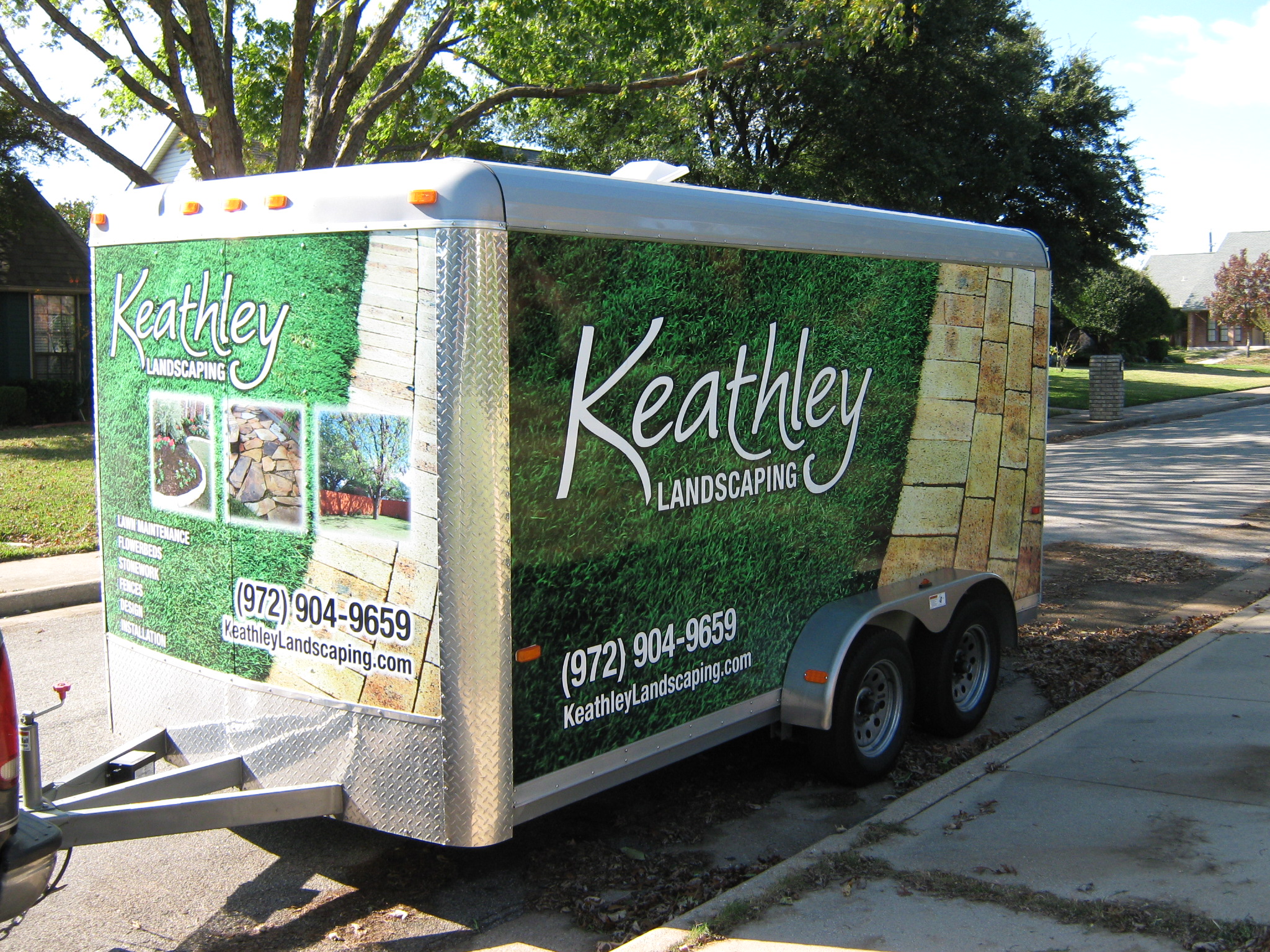The Impact of Sod Installation on Local Ecosystems 🌱
Sod installation might seem like a straightforward way to achieve a lush lawn, but have you ever considered its effects on the local ecosystems? This blog dives into the environmental impacts of sod installation, offering a comprehensive look at how this common landscaping practice can affect your surrounding environment. Whether you’re a homeowner or an environmentally conscious landscaper, understanding these impacts can help you make more informed decisions.
Table of Contents
1. Understanding Sod: What Is It? 🤔
2. Benefits of Sod Installation 🌿
3. Environmental Impact of Sod Installation 🌍
4. Sustainable Sod Practices 🌳
5. Conclusion: Balancing Beauty and Sustainability ⚖️
6. FAQs 🤓
Understanding Sod: What Is It? 🤔
Sod is essentially a layer of established grass and soil that’s held together by roots or a biodegradable material. It’s often used to quickly create a ready-to-use lawn, offering an instant aesthetic boost. But beyond its looks, what’s happening below the surface?
Benefits of Sod Installation 🌿
Sod installation offers several advantages, such as:
1. Instant Green Spaces: Sod provides immediate green coverage, which can prevent erosion and enhance curb appeal.
2. Weed Control: A dense sod layer can outcompete weeds, reducing the need for chemical herbicides.
3. Improved Air Quality: Like all plants, sod absorbs carbon dioxide and releases oxygen, improving air quality.
Environmental Impact of Sod Installation 🌍
Despite its benefits, sod installation can have various environmental impacts:
1. Water Usage: Sod requires significant watering, especially initially, which can strain local water resources.
2. Soil Health: The introduction of sod can disrupt local soil ecosystems, affecting microorganisms and native plants.
3. Biodiversity Loss: Monoculture sod lawns can reduce biodiversity, impacting local fauna that rely on diverse plant species.
Sustainable Sod Practices 🌳
To mitigate the environmental impacts, consider the following sustainable practices:
1. Choose Native Sod Varieties: Opt for sod that includes native grasses to support local biodiversity.
2. Water Wisely: Implement efficient irrigation systems and water during cooler parts of the day to reduce evaporation.
3. Integrate with Native Plant Landscaping: Combine sod with native plant beds to enhance habitat diversity.
Conclusion: Balancing Beauty and Sustainability ⚖️
While sod installation offers quick aesthetic benefits, it’s essential to consider its broader environmental impacts. By adopting sustainable practices, you can enjoy a beautiful lawn that also supports local ecosystems. Remember, a balanced approach can lead to both a stunning and environmentally friendly landscape.
FAQs 🤓
1. How often should I water newly installed sod?
Water deeply and frequently for the first couple of weeks, then reduce to a regular schedule as roots establish.
2. Can I install sod myself, or should I hire a professional?
Sod installation can be a DIY project if you’re prepared for the labor involved, but professionals can ensure optimal results.
3. What are the best sod types for drought-prone areas?
Consider drought-resistant varieties like Bermuda grass or Buffalo grass, which require less water once established.
By considering these elements, you can make more informed and environmentally friendly choices for your lawn. Happy landscaping! 🌿






































Recent Comments